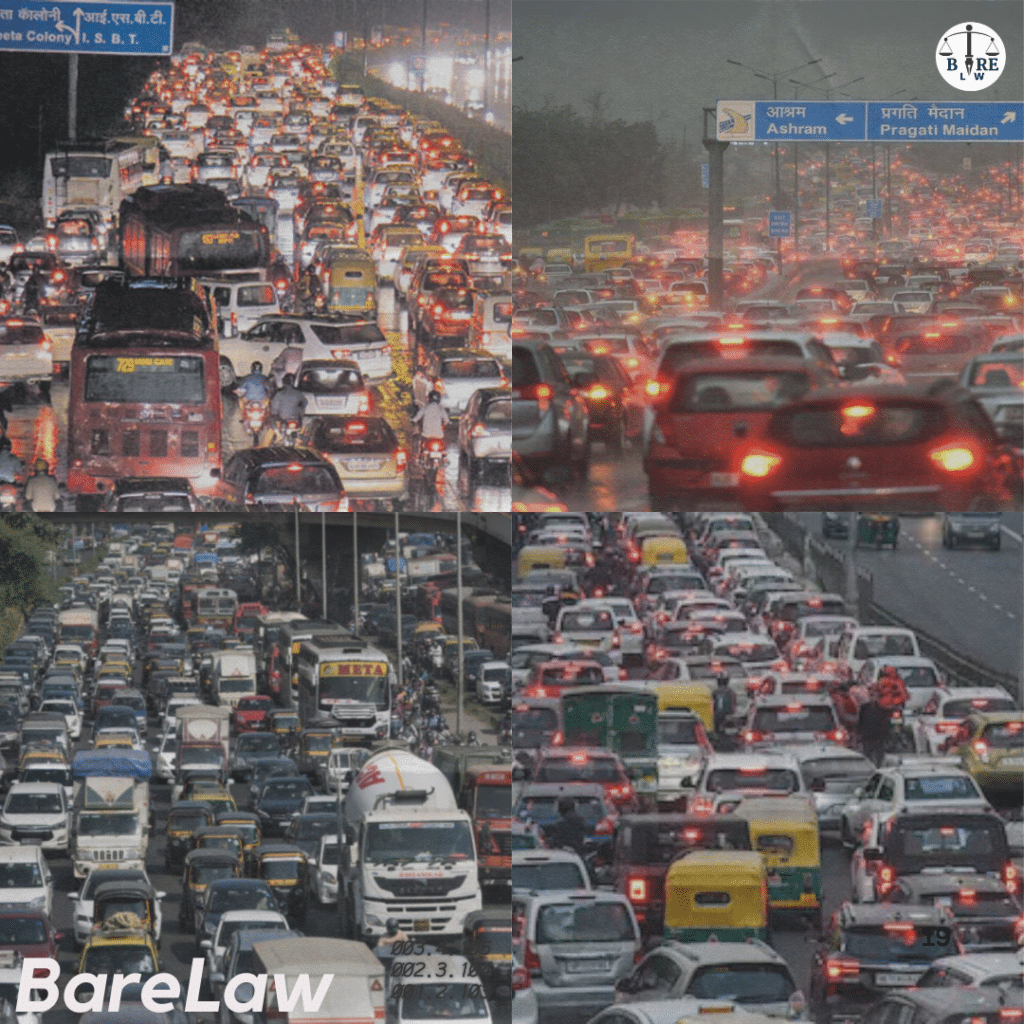The tragic murder of a 26-year-old teacher, Ramani, at a school in Tamil Nadu's Thanjavur district, allegedly by a rejected suitor, underscores critical issues in school safety, legal accountability, emergency medical preparedness, and the impact of gender dynamics
Table of Contents

How To Protect Teachers Inside The School Premises. Man Slashes Teacher’s Neck In School. Ensuring Safety in Schools: Lessons from the Tragic Incident in Thanjavur
The horrifying murder of Ramani, a 26-year-old teacher, at a school in Thanjavur, Tamil Nadu, has sparked serious worries about workplace safety, particularly for women working in educational settings. This terrible event emphasizes how urgently stronger safety regulations, harsher legal sanctions, and more in-depth social reflection are needed. Here is a thorough examination of the main points this case emphasizes:
1. Safety Measures in Schools to Protect Teachers
Strong security measures in schools must be put in place and mandated by the government to protect teachers and staff:
- Restricted Access: Schools must maintain visitor logs and security guards at all entry points. On campus, only those with permission should be permitted.
- Surveillance Systems: Putting CCTV cameras in strategic places like hallways, classrooms, and entrances might discourage potential criminals and serve as proof in the event of an incident.
- Emergency Response Training: Teachers and staff should receive emergency response training to ensure they know how to act quickly and defend themselves in an emergency, especially a violent one.
- Awareness Campaigns: To foster a culture of respect for one another, programs emphasizing gender sensitivity and respect should be incorporated into staff and student training.
- Dedicated Helplines: Schools must communicate directly with the local police and emergency services for prompt assistance when required.
2. Legal Penalties for the Culprit and Accountability for Schools
- For the Culprit:
- Capital Punishment or Life Imprisonment: Due to the seriousness of the crime, the most severe legal punishment is necessary to deter future criminals. This may include life in prison or, in the worst situations, the death penalty.
- Fast-Track Trials: To guarantee prompt justice, cases involving violence against women or teachers should be accelerated.
- Required Counseling and Rehabilitation: In addition to punishment, offenders should receive required counselling and psychological examination to address ingrained behavioural problems.
- For the School:
- Negligence Penalties: Schools determined to be deficient in fundamental security measures should be subject to fines and administrative proceedings to ensure accountability.
- Safety Audits: Schools that do not meet the criteria may face penalties or temporarily lose accreditation due to regular, government-mandated safety inspections.
3. Need for Advanced Medical Services in Schools
The loss of life in this case could have been avoided with timely medical intervention. Schools must have:
- On-Site Medical Facilities: A fully furnished first-aid area manned by qualified personnel to offer prompt medical attention.
- Emergency medical kits contain supplies to treat serious wounds, like trauma kits for deep cuts or haemorrhage.
- Ambulance Services: Partnerships with local hospitals enable ambulance services to guarantee the prompt transfer of seriously injured patients.
- Frequent Drills: Hold simulated exercises to teach employees emergency reaction and first aid.
4. The Role of Gender in This Incident
This tragedy also sheds light on the pervasive issue of gender-based violence and entitlement:
- Patriarchal Mindsets: Social standards that teach men that women must return sexual or marriage advances are the cause of the suspect’s violent response to rejection.
- Gender-Based Workplace Risks: Systemic changes are necessary since female instructors, particularly those in rural regions, are more likely to experience harassment and assault.
- Empowering Women: Escalation can be avoided by empowering women to disclose threats and offer institutional support fearlessly.
- Gender Sensitization in Schools: Promoting a more equal society can be achieved by teaching children about respect, boundaries, and the value of consent from an early age.
Conclusion
Ramani’s murder serves as a sobering reminder of the risks that educators, particularly women, face on the job. The government, educational establishments, and the general public must cooperate to prevent such occurrences. To create a safer and more inclusive atmosphere for all educators, it is imperative to implement stringent safety measures, ensure justice through strong punishments, provide urgent medical care, and address the underlying gender inequalities.
Frequently Asked Questions (FAQs):
Cultural Change: Promote gender equality and respect through education and community programs to address underlying societal issues.
What safety measures should schools implement to protect teachers?
Controlled Access: Implement secure entry points with security personnel and visitor verification systems.
Surveillance Systems: Install CCTV cameras in strategic locations to monitor activities and deter potential threats.
Emergency Response Training: Provide regular training for staff on handling emergencies, including violent incidents.
Awareness Programs: Conduct workshops on gender sensitivity and conflict resolution for students and staff.
Communication Channels: Establish direct lines with local law enforcement for prompt assistance when needed.
What legal penalties apply to the perpetrator and the school in such cases?
For the Perpetrator: Under Indian law, offenses like murder are punishable by life imprisonment or the death penalty, depending on the case’s severity.
For the School: If found negligent in providing a safe environment, schools may face legal action, including fines and mandatory implementation of improved safety measures.
Should schools have advanced medical services on-site?
Yes. Schools should be equipped with first-aid facilities, trained medical personnel, and established protocols for emergencies to provide immediate care and stabilize individuals until professional medical help arrives.
How does gender play a role in this incident?
Gender-Based Violence: The incident reflects societal issues where rejection by a woman can lead to violent retaliation, highlighting the need for addressing toxic masculinity and entitlement.
Workplace Vulnerability: Female educators may face higher risks of harassment and violence, necessitating targeted safety measures and support systems.
What steps can be taken to prevent such incidents in the future?
Policy Implementation: Enforce strict safety protocols and regular audits in educational institutions.
Legal Reforms: Ensure swift and stringent legal action against perpetrators as a deterrent.







